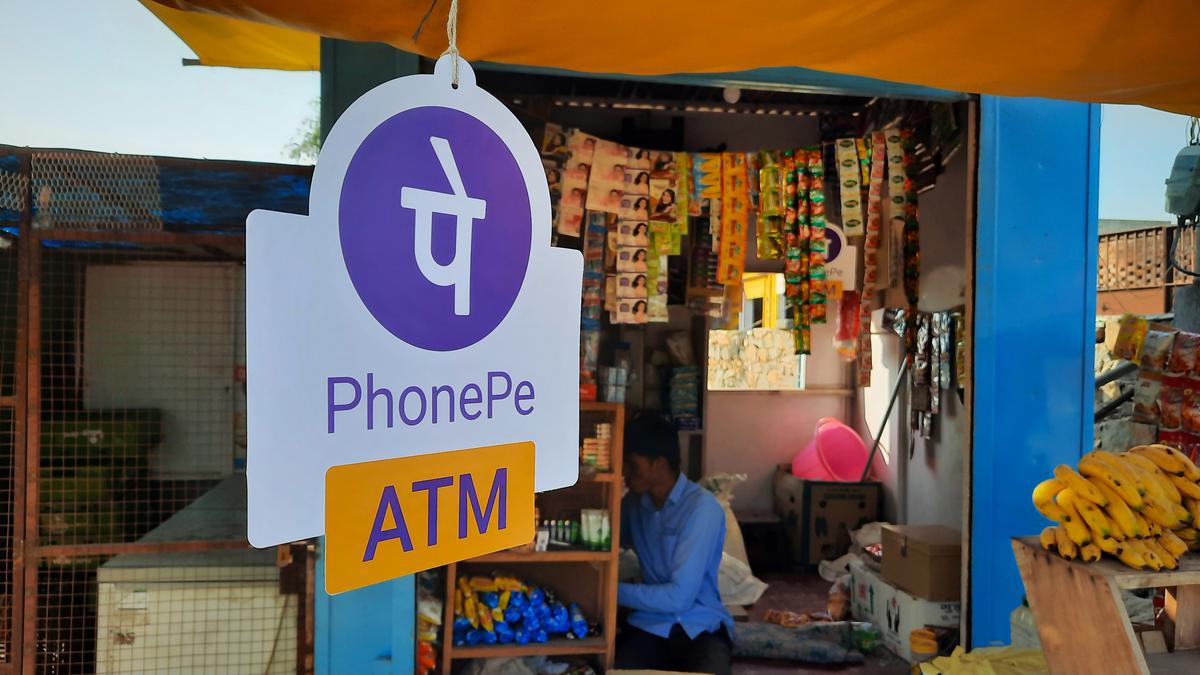
Data | UPI payments: relief for users, a headache for banks
The Hindu
While the National Payments Corporation of India (NCPI) limited daily transactions to 20 and a maximum amount of ₹1 lakh in 2021, individual banks and apps have set their own limits, creating a complex system of restrictions. UPI transactions have witnessed a tremendous increase in volume, but the value per transaction has decreased over time. UPI has surpassed other payment instruments in terms of volume, accounting for over 73% of retail payments in 2022-23. However, banks are struggling to cope with the surge in UPI payments, leading to transaction failures.
The dizzying array of daily limits on United Payments Interface (UPI) transactions set by apps and banks — both in terms of value and volume — has put the spotlight on the rapid rise in such transactions in India in recent years.
In 2021, the National Payments Corporation of India (NCPI) limited the number of daily transactions users can make to 20, and the amount to ₹1 lakh per day. However, banks and apps have come up with their own limits at various points in time in recent months. This has created a complex web of limitations both in value and volume. For instance, according to ICICI bank’s UPI FAQ page, the number of transactions is limited to 10 in a 24-hour period, whereas Bank of Baroda and HDFC Bank allow 20 transactions in the same period.
Such limits were introduced given the surge in the volume of UPI transactions in India in recent years after it was popularised as an alternative to cash in the period after demonetisation. UPI payments were introduced in India as a pilot programme on April 11, 2016. In May 2018, around 190 million UPI payments were made in India (Chart 1). This rose to 9,415 million in May 2023 — an astonishing increase of nearly 4,855%.
Chart appears incomplete? Click to remove AMP mode
In 2017-18, the share of UPI in all retail payments was just 5.9%, while pre-paid payment instruments (wallets offered by Paytm and Amazon, gift vouchers, etc.) and debit cards dominated with shares of over 20% each (Chart 2). In 2022-23, UPI edged out all instruments with its share increasing to over 73%, while pre-paid payment instruments came a distant second with a 6.5% share. Also, the share of credit cards in retail payments decreased from over 11% to just 2.5% in the same period.
However, it should be noted that the surge in transactions was mostly in terms of volume and not value. The value of UPI transactions carried out in May 2018 was ₹33,288 crore, which amounts to ₹1,756 per transaction. The corresponding figure for May 2023 was ₹14,89,145 crore, which amounts to ₹1,581 per transaction — a fall of ₹175 per transaction in five years. In 2017-18, the share of UPI in the total value of retail payments was just 0.4%. It increased to 21.1% in 2022-23 (Chart 3).
When the surge in volume and the decline in value are read together, two trends emerge. First, consumers are increasingly using UPI as an alternative to petty cash, with the value associated with each transaction becoming smaller and smaller over time. Second, according to PwC’s Indian payments handbook, released in December 2020, banks are struggling to keep up with the surge in UPI payments by upgrading their banking infrastructure and technical systems. This struggle is leading to transaction failures. This is also why smaller banks are setting UPI transaction limits which are much lower than even the ₹1 lakh allowed by the NCPI.

Sebi for allowing banks, insurers, pension funds to invest in non-agri commodity derivatives: Pandey
Sebi chairman plans to expand commodity markets, engage with government for investment opportunities, and strengthen regulatory measures.





















 Run 3 Space | Play Space Running Game
Run 3 Space | Play Space Running Game Traffic Jam 3D | Online Racing Game
Traffic Jam 3D | Online Racing Game Duck Hunt | Play Old Classic Game
Duck Hunt | Play Old Classic Game










